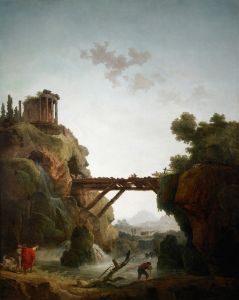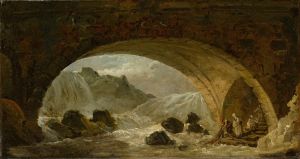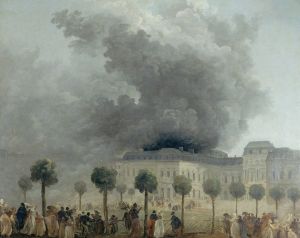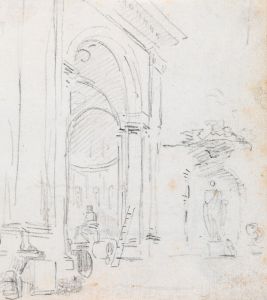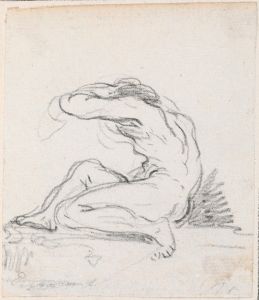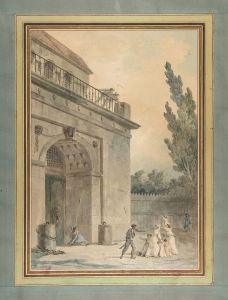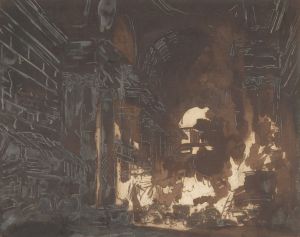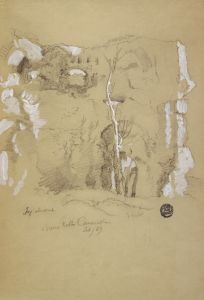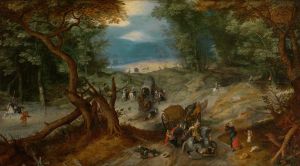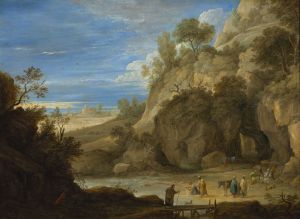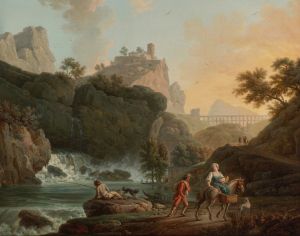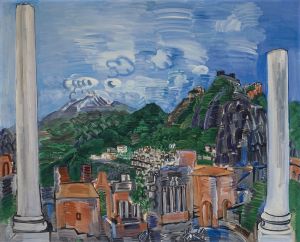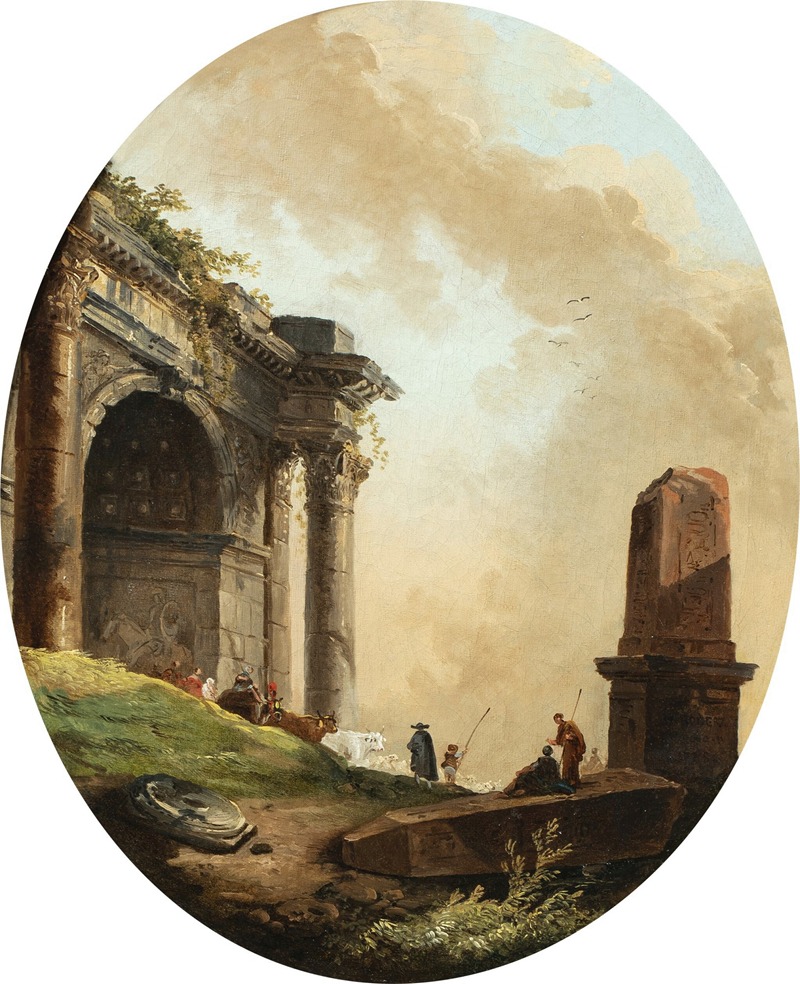
Drovers and their livestock before a ruined arch and obelisk
A hand-painted replica of Hubert Robert’s masterpiece Drovers and their livestock before a ruined arch and obelisk, meticulously crafted by professional artists to capture the true essence of the original. Each piece is created with museum-quality canvas and rare mineral pigments, carefully painted by experienced artists with delicate brushstrokes and rich, layered colors to perfectly recreate the texture of the original artwork. Unlike machine-printed reproductions, this hand-painted version brings the painting to life, infused with the artist’s emotions and skill in every stroke. Whether for personal collection or home decoration, it instantly elevates the artistic atmosphere of any space.
"Drovers and their Livestock before a Ruined Arch and Obelisk" is a painting by the French artist Hubert Robert (1733–1808), a prominent figure of the 18th-century art world known for his depictions of architectural ruins and landscapes. The painting exemplifies Robert's fascination with classical antiquity and his ability to blend real and imagined elements into evocative scenes.
Hubert Robert earned the nickname "Robert des Ruines" (Robert of the Ruins) due to his frequent portrayal of decayed classical structures. He was heavily influenced by his time in Italy, where he studied from 1754 to 1765 as part of the French Academy in Rome. During this period, he was inspired by the ruins of ancient Rome and the works of Giovanni Battista Piranesi, an Italian artist renowned for his etchings of Roman ruins. These influences are evident in Robert's works, including "Drovers and their Livestock before a Ruined Arch and Obelisk."
The painting depicts a pastoral scene in which drovers tend to their livestock in the foreground, set against the backdrop of a monumental ruined arch and an obelisk. The architectural elements in the composition are characteristic of Robert's style, combining real historical references with imaginative reconstructions. The ruined arch and obelisk evoke the grandeur of ancient civilizations, while the presence of the drovers and animals introduces a sense of everyday life and human interaction with the remnants of the past.
Robert's works often reflect the 18th-century European fascination with ruins, which were seen as symbols of the passage of time and the transience of human achievements. His paintings frequently juxtapose the enduring beauty of classical architecture with the natural world, creating a sense of romantic nostalgia. In this painting, the interplay between the crumbling structures and the pastoral activity suggests a harmonious coexistence between history and nature.
The exact date of creation for "Drovers and their Livestock before a Ruined Arch and Obelisk" is not definitively documented, but it is consistent with Robert's mature style, developed after his return to France in 1765. During his career, Robert held prestigious positions, including serving as the curator of the royal gardens and a member of the Académie royale de peinture et de sculpture. His works were highly regarded during his lifetime and continue to be celebrated for their technical skill and evocative imagery.
The painting is an example of Robert's ability to evoke a sense of timelessness and poetic beauty through his depiction of ruins and landscapes. It remains a testament to his artistic vision and his contribution to the genre of landscape painting in the 18th century.





